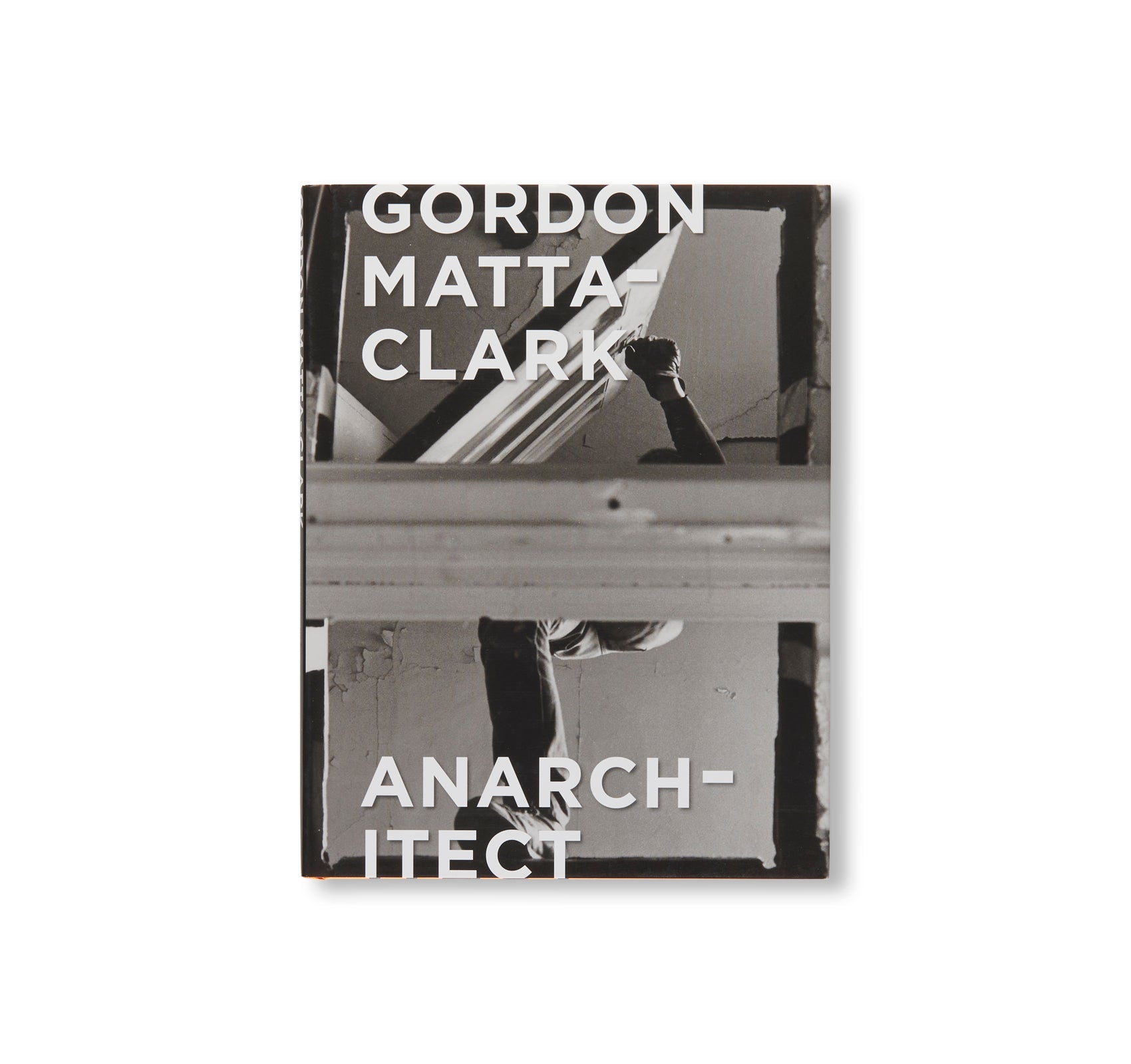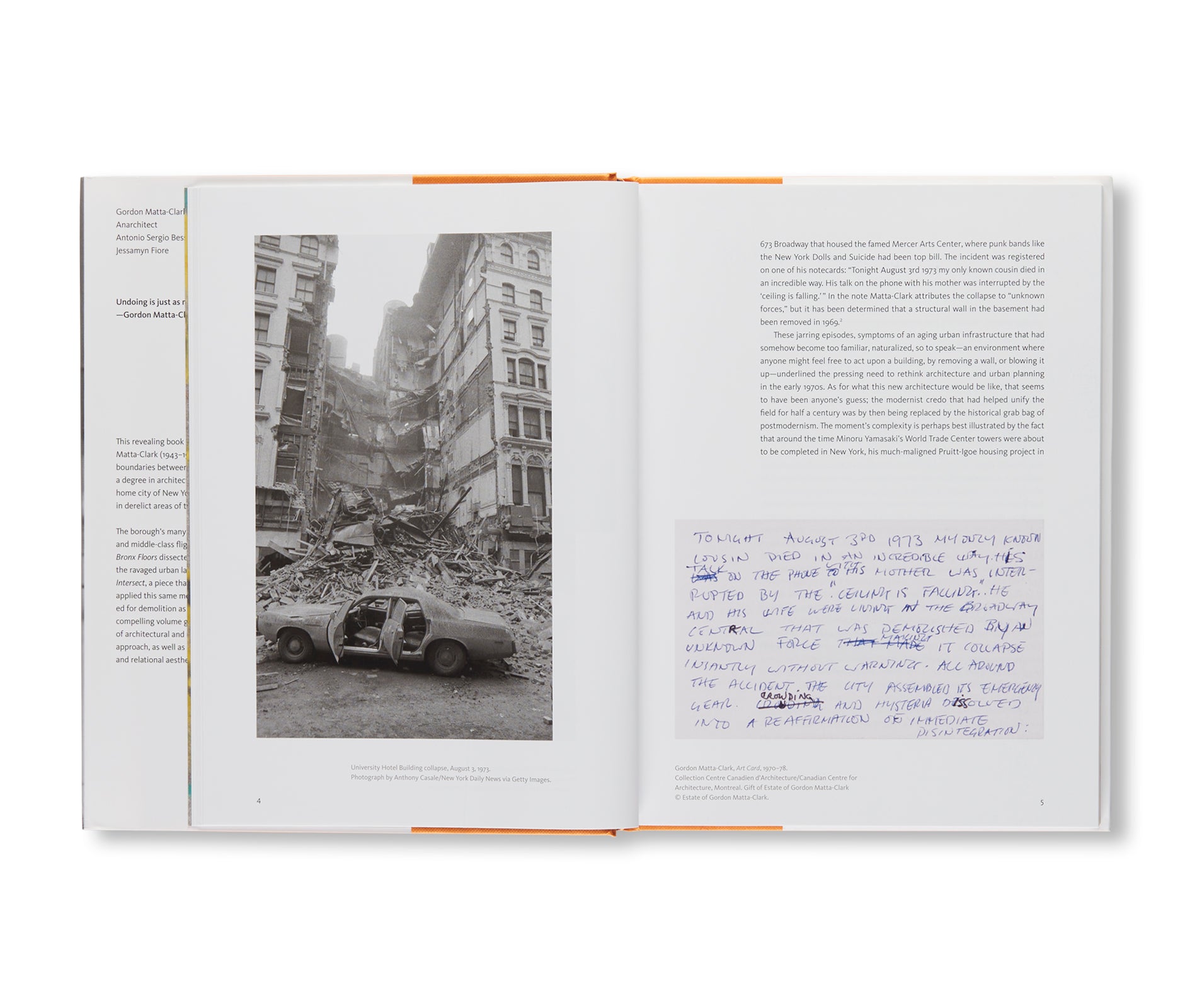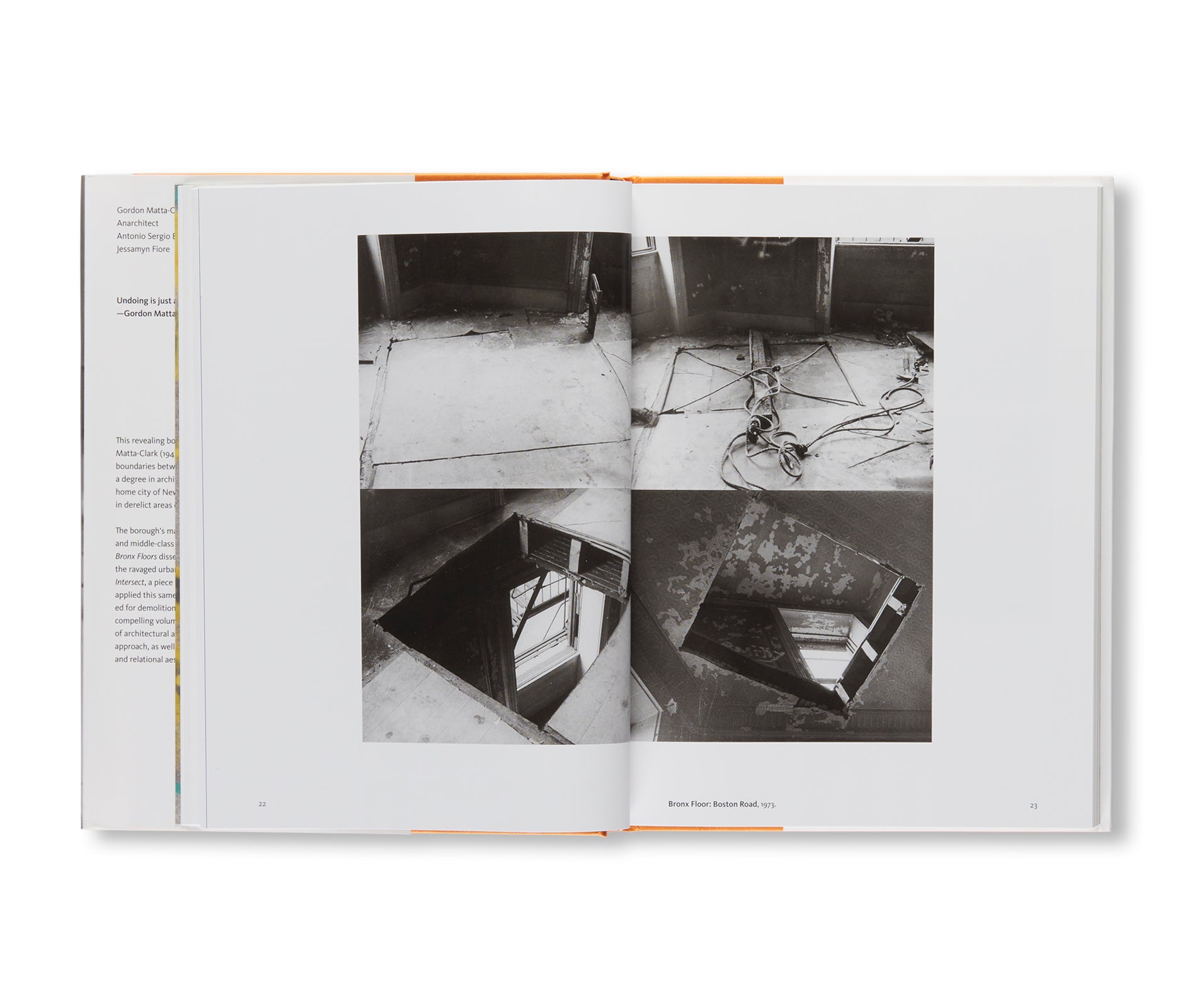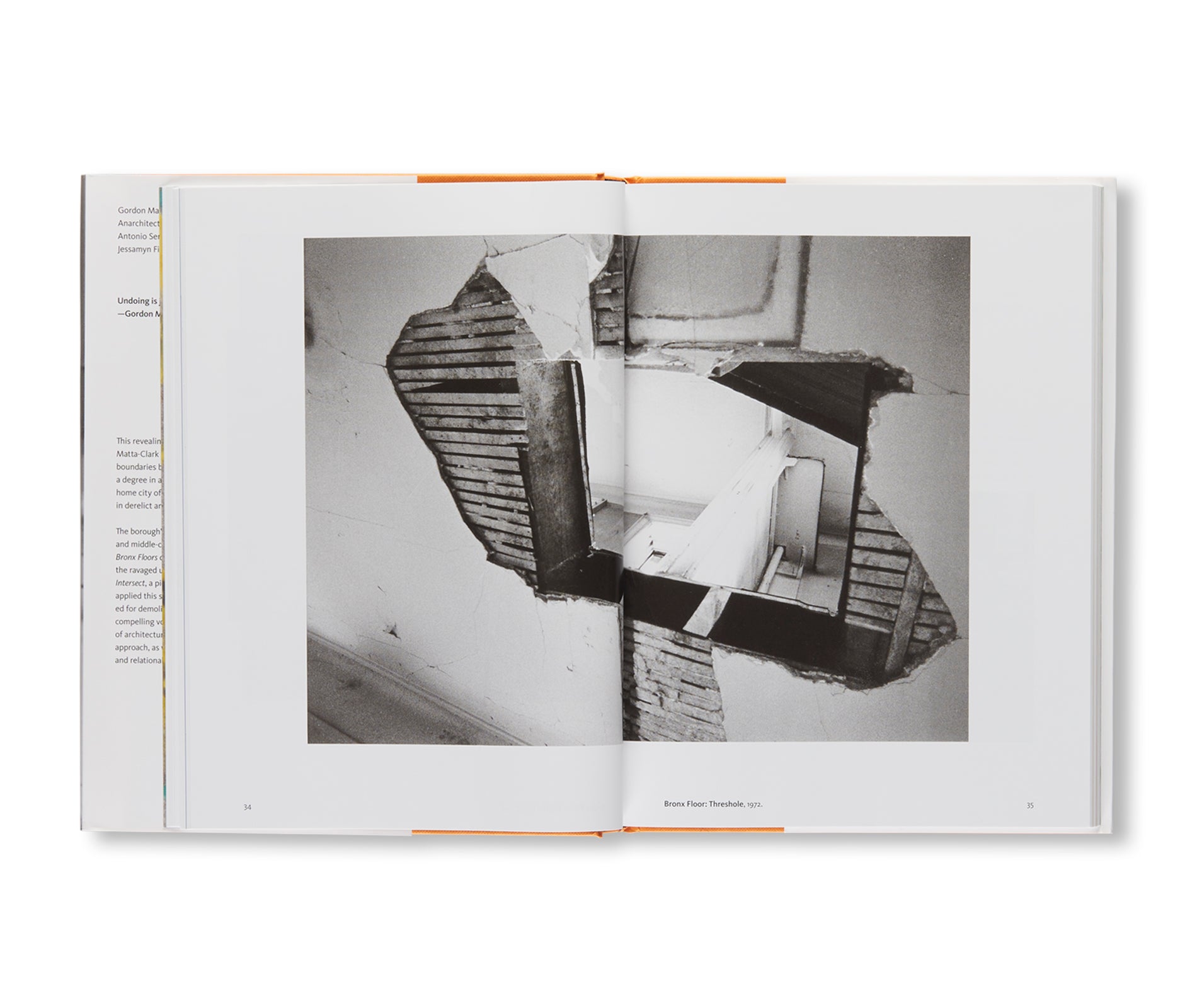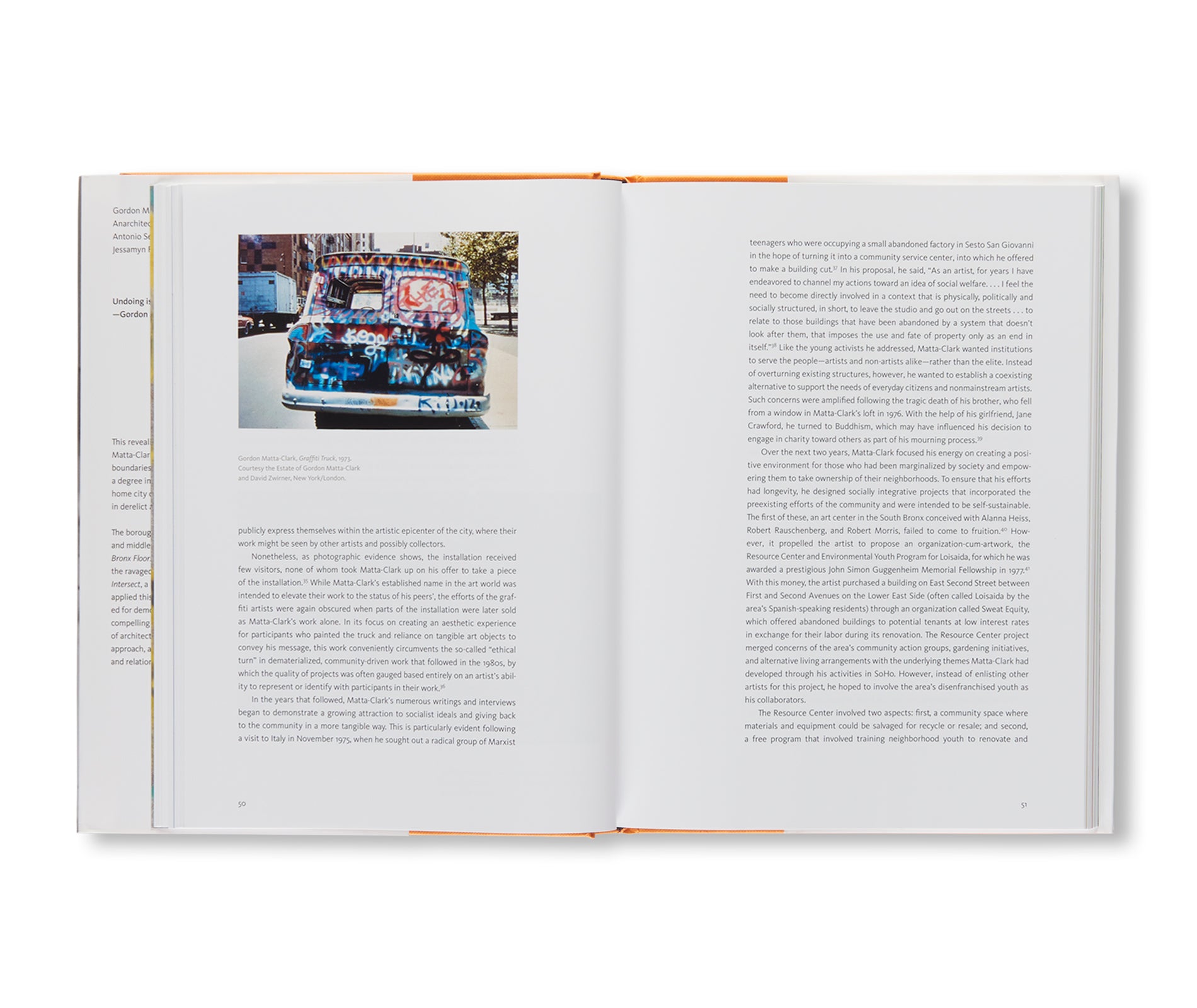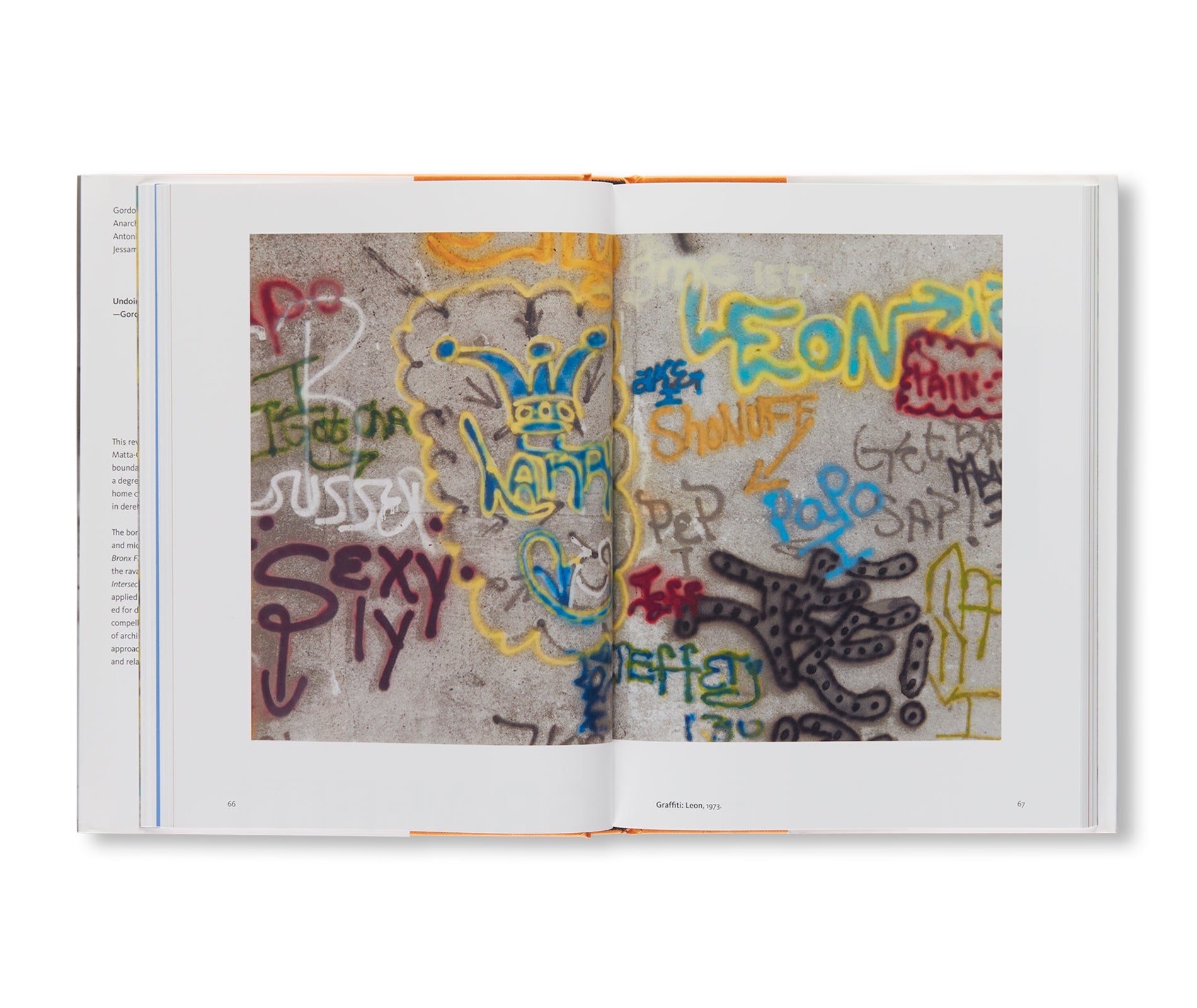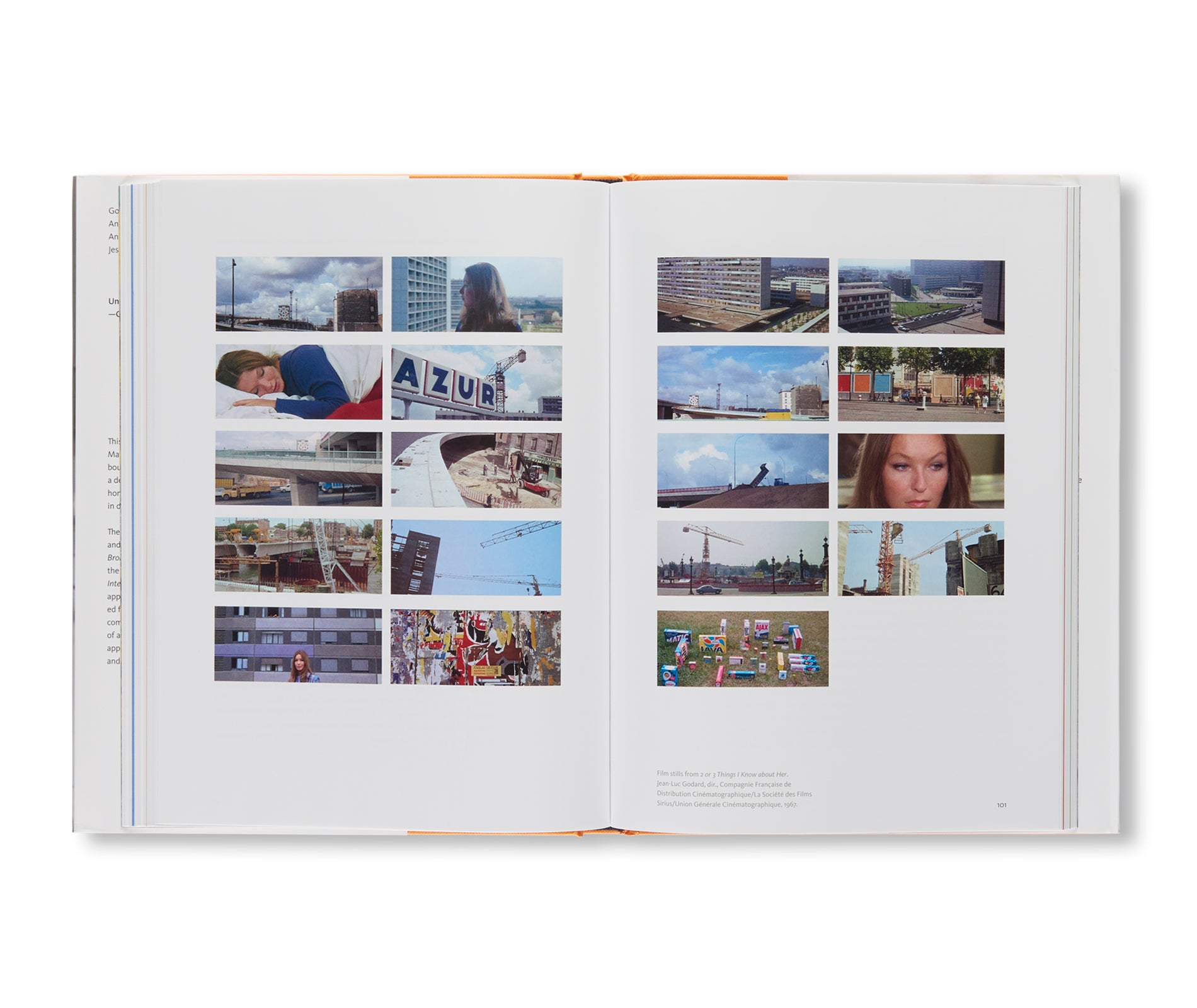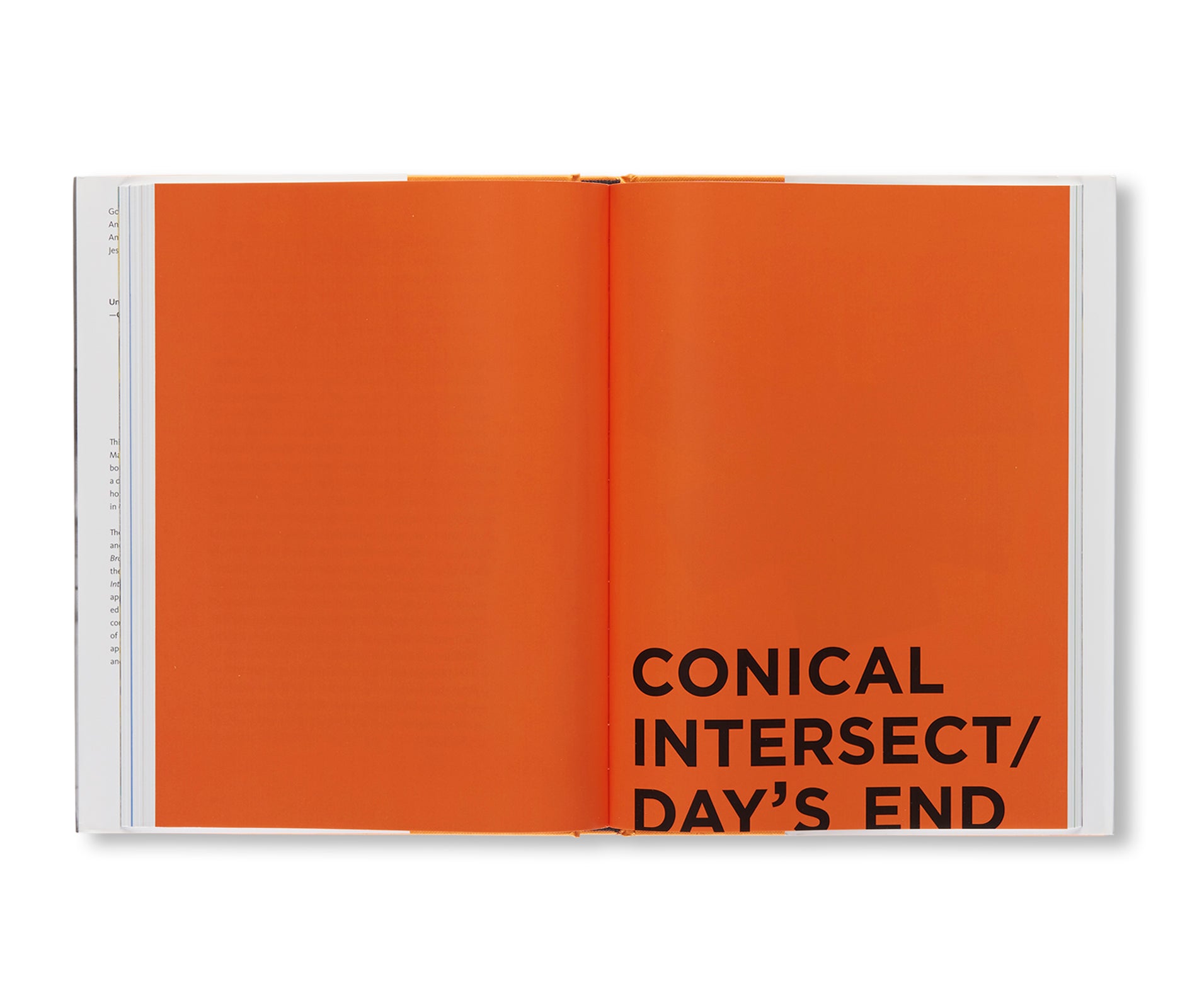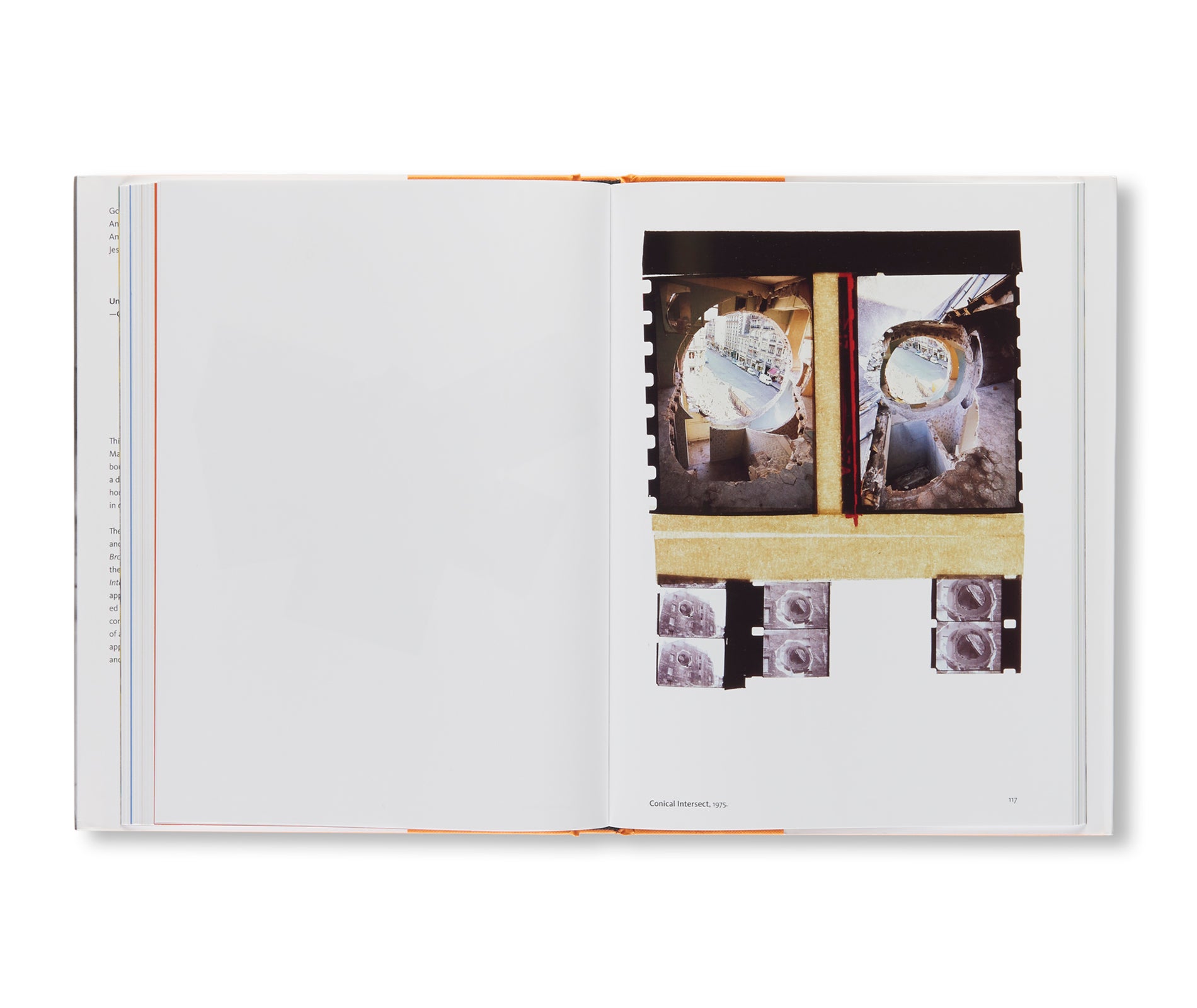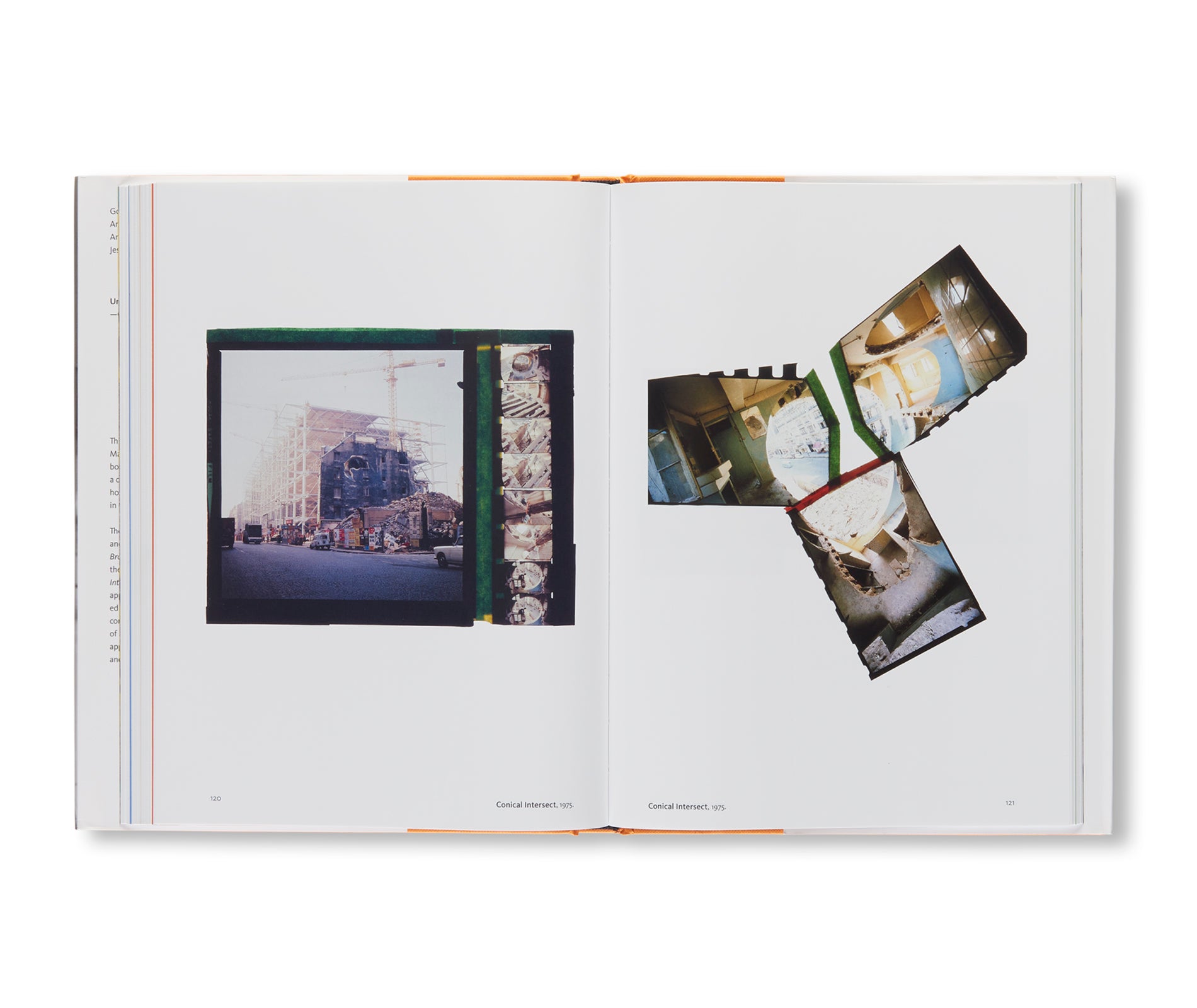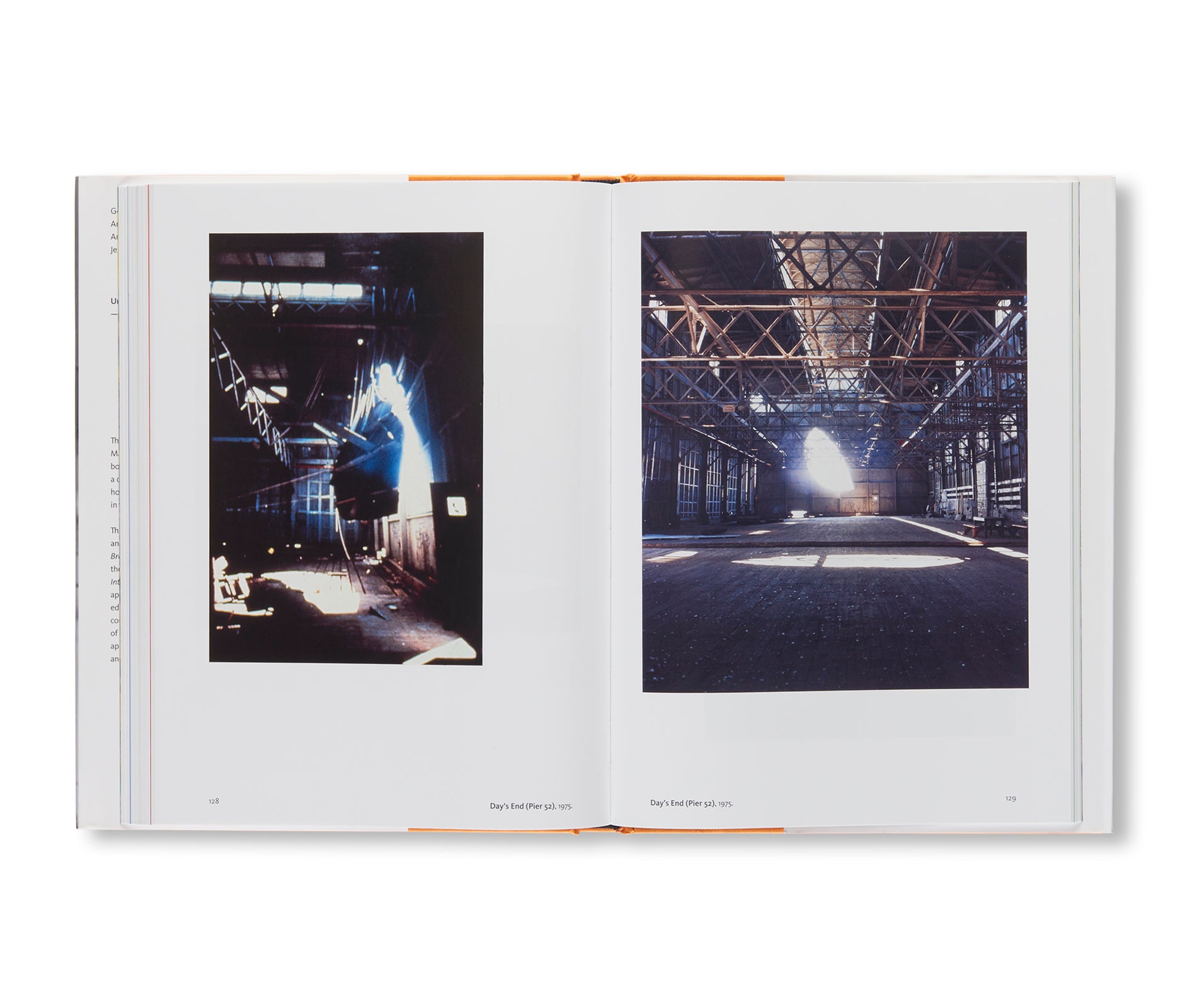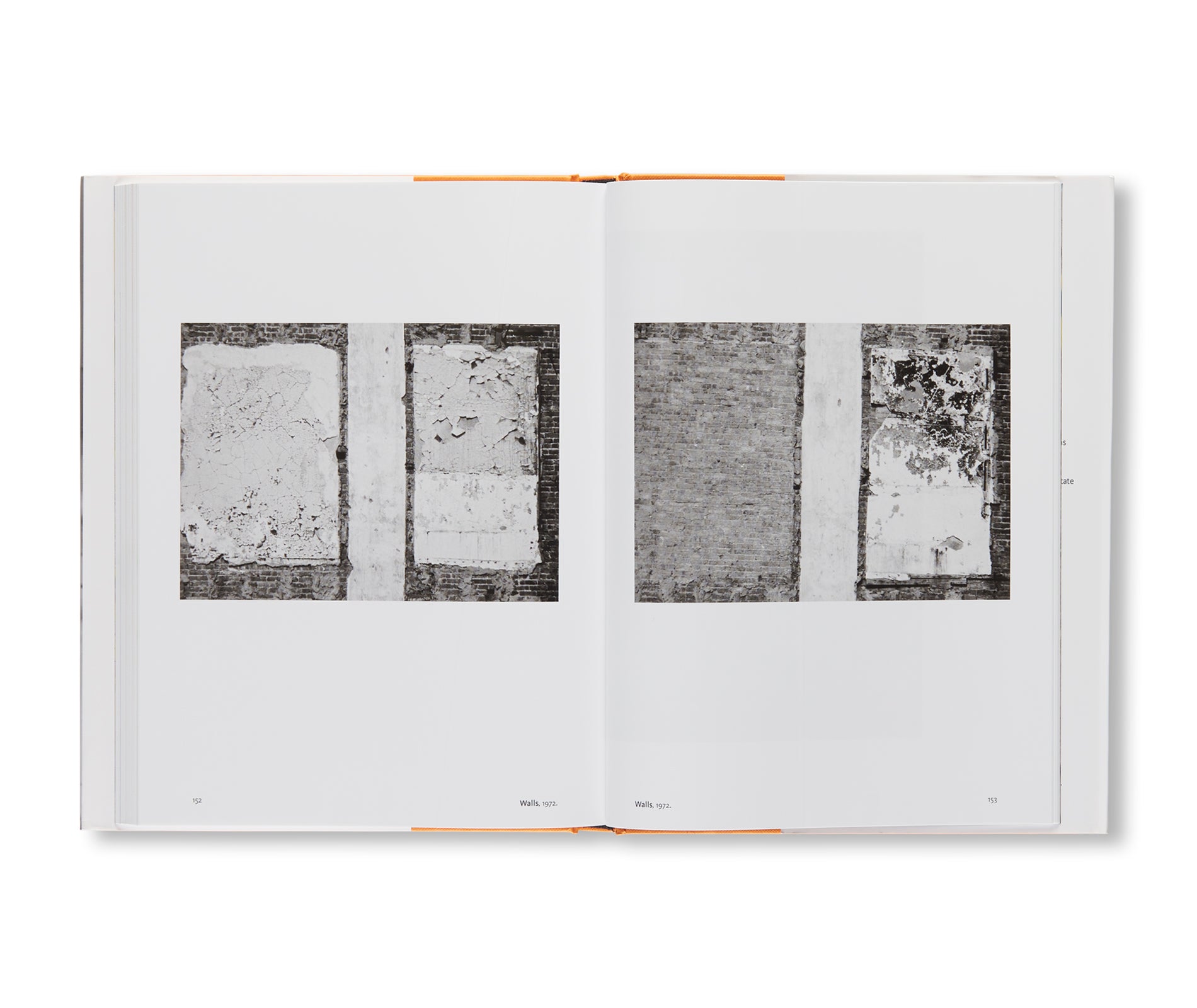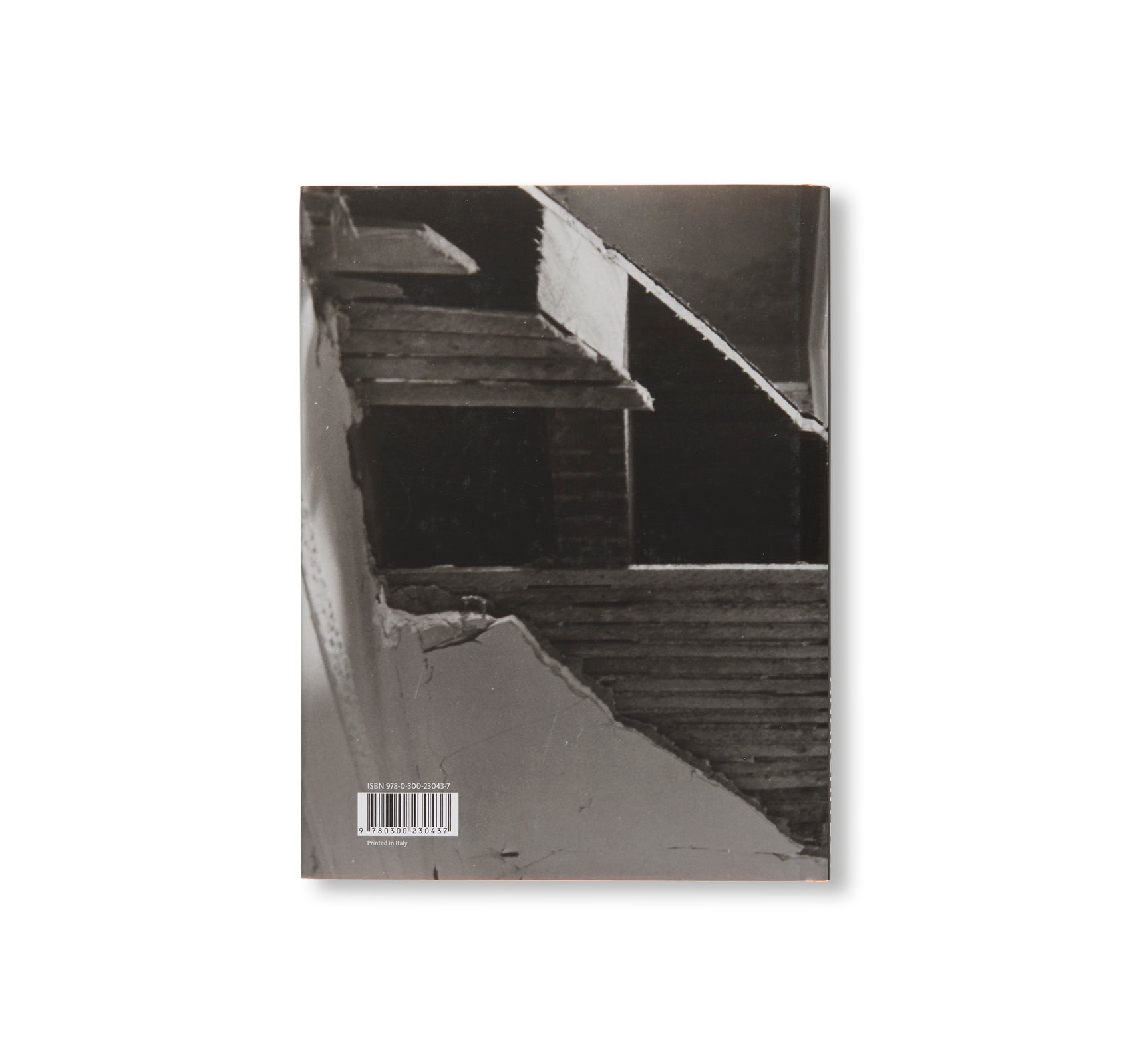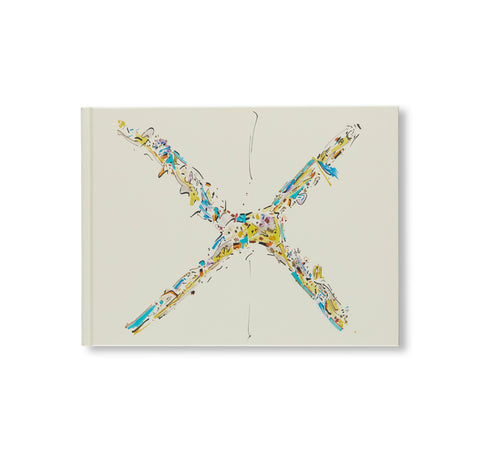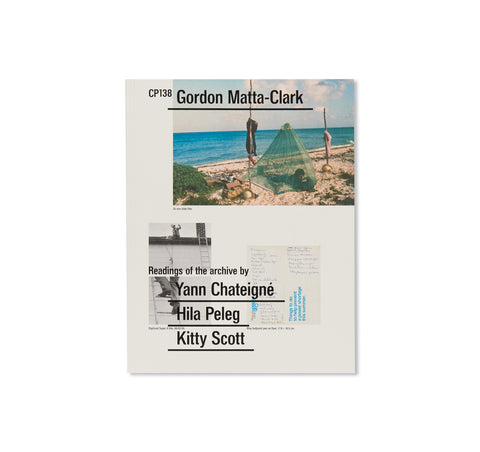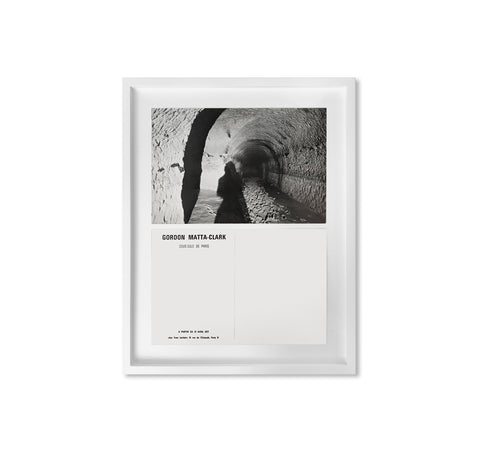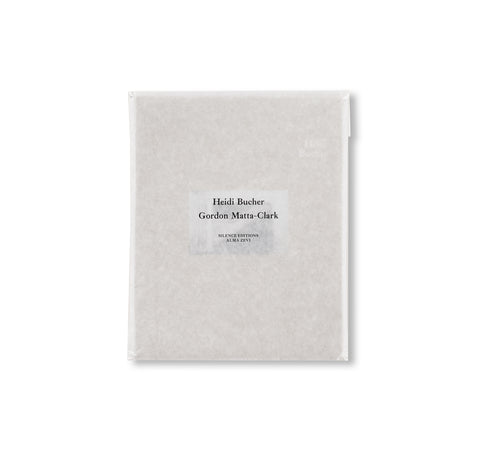GORDON MATTA-CLARK: ANARCHITECT by Gordon Matta-Clark
アメリカ人アーティスト、ゴードン・マッタ・クラーク(Gordon Matta-Clark)の作品集。
「何かを元通りにすることは、何かをすることと同じくらい民主的だ」―ゴードン・マッタ=クラーク
社会的な意識を持った実践によって現代美術と建築の境界線を曖昧にしたゴードン・マッタ=クラーク(Gordon Matta-Clark、1943–1978)の先駆的な作品を分かりやすく解説した1冊。全米屈指の名門校コーネル大学で建築学位を取得した後、故郷のニューヨークシティに戻った作者は、サウスブロンクスで制作したサイトスペシフィックな作品について説明する際に、anarchy(無秩序)とarchitecture(建築)を組み合わせた「anarchitecture」という言葉を使った。
ブロンクス区には、経済の衰退とミドルクラスの流出によって放置された建物が沢山あったが、これが作者の素材となった。代表作「Cuts」シリーズでは、これらの廃墟を真っ二つに切り、荒れ果てた都市の景観を解剖学的に研究した。ニューヨークからパリに渡った作者は、「Conical Intersect」を発表。芸術的な抗議運動の象徴となったこの作品では、ポンピドゥーセンターの建築により取り壊しが決定していた17世紀の長屋2軒に「Cuts」と同じ方法論を適用した。
その活動を建築史および都市史の枠組みの中で位置づけ、社会的課題に向き合うアクティビストの影響を受けた先駆的なアプローチと、社会的実践や関係性の美学というまだ新しい分野への貢献を強調した非常に説得力のある一冊。著者のアントニオ・セルジオ・ベッサ(Antonio Sergio Bessa)はブロンクス美術館の企画展および教育プログラム部門のディレクター、ジェサミン・フィオーレ(Jessamyn Fiore)は、ニューヨークを拠点とするキュレーターで、ゴードン・マッタ=クラーク財団の共同ディレクターを務めている。
"Undoing is just as much a democratic right as doing."---Gordon Matta-Clark
This revealing book looks at the groundbreaking work of Gordon Matta-Clark (1943–1978), whose socially conscious practice blurred the boundaries between contemporary art and architecture. After completing a degree in architecture at Cornell University, Matta-Clark returned to his home city of New York. There he employed the term “anarchitecture,” combining “anarchy” and “architecture,” to describe the site-specific works he initially realized in the South Bronx.
The borough’s many abandoned buildings, the result of economic decline and middle-class flight, served as Matta-Clark’s raw material. His series Cuts dissected these structures, performing an anatomical study of the ravaged urban landscape. Moving from New York to Paris with Conical Intersect, a piece that became emblematic of artistic protest, Matta-Clark applied this same method to a pair of 17th-century row houses slated for demolition as a result of the Centre Pompidou’s construction. This compelling volume grounds Matta-Clark’s practice against the framework of architectural and urban history, stressing his pioneering activist-inspired approach, as well as his contribution to the nascent fields of social practice and relational aesthetics.
